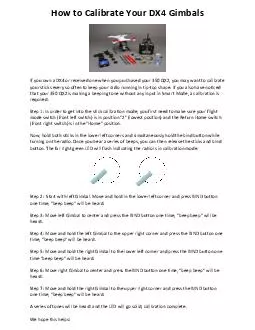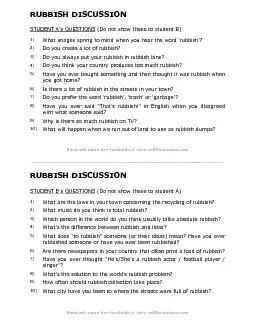PPT-You have an article to read after your
Author : liane-varnes | Published Date : 2017-04-11
bellwork You have 9 minutes to do both Please read and answer the 3 following questions What is luminosity Where does our Sun rank among stars How are color
Presentation Embed Code
Download Presentation
Download Presentation The PPT/PDF document "You have an article to read after your" is the property of its rightful owner. Permission is granted to download and print the materials on this website for personal, non-commercial use only, and to display it on your personal computer provided you do not modify the materials and that you retain all copyright notices contained in the materials. By downloading content from our website, you accept the terms of this agreement.
You have an article to read after your: Transcript
Download Rules Of Document
"You have an article to read after your"The content belongs to its owner. You may download and print it for personal use, without modification, and keep all copyright notices. By downloading, you agree to these terms.
Related Documents














